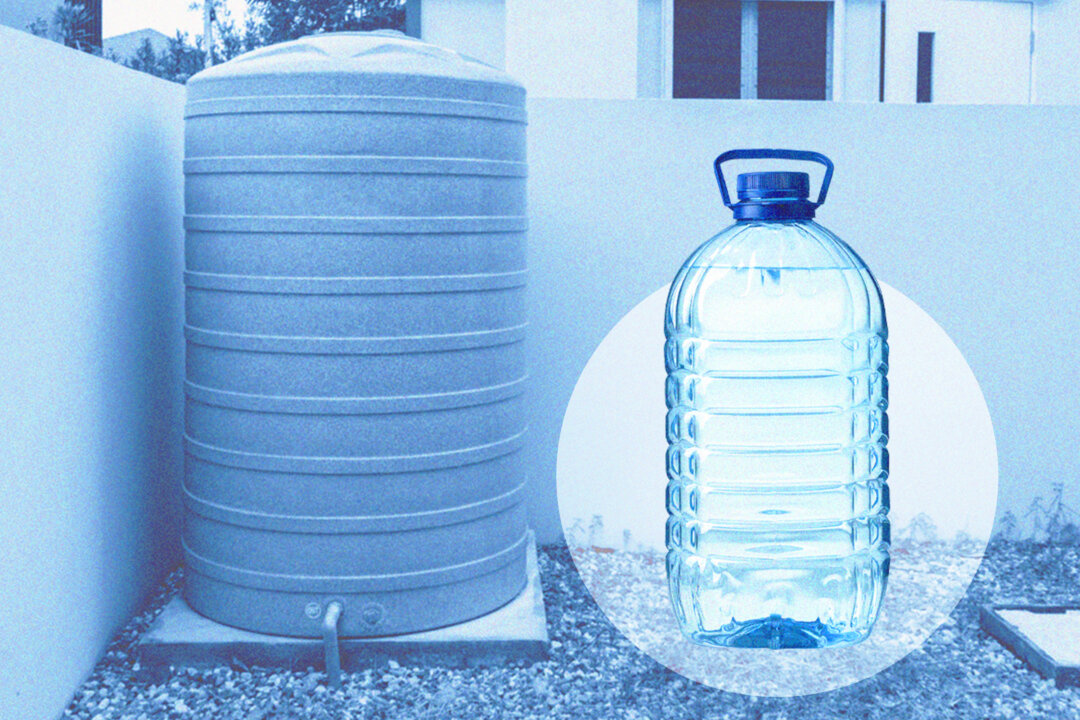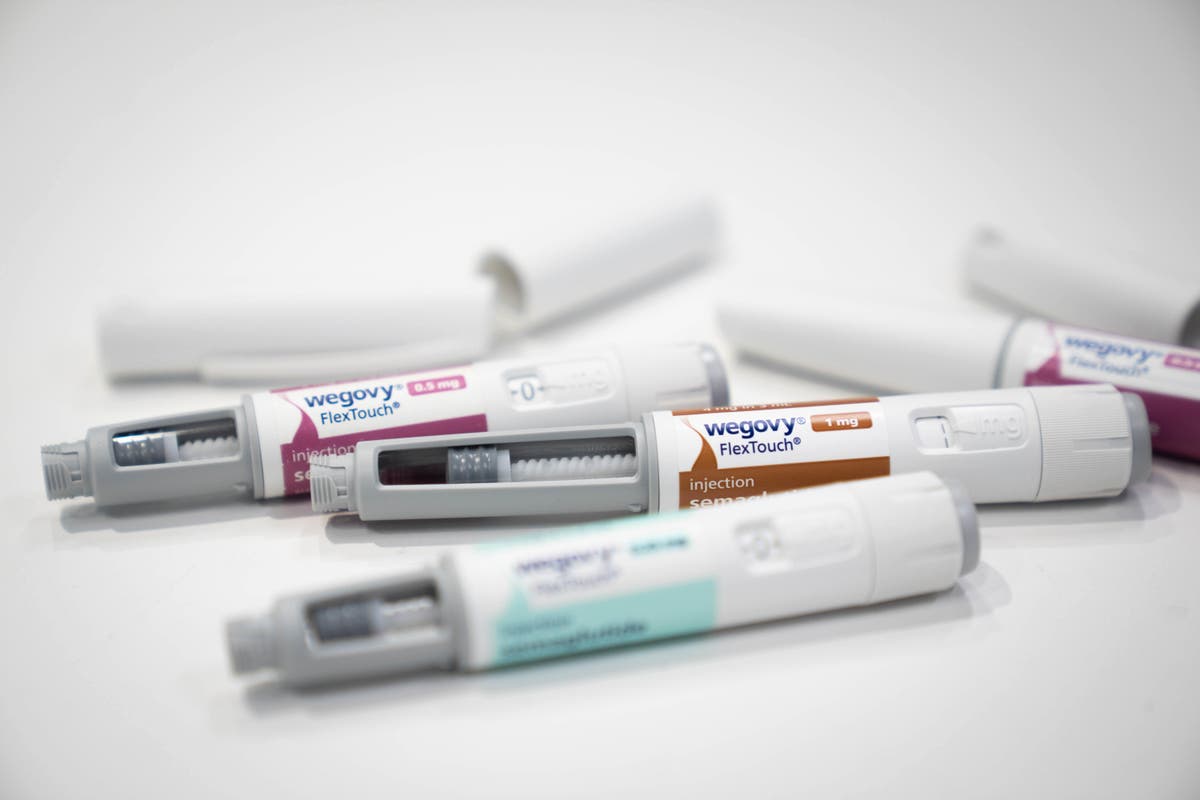
Most of us take water for granted, knowing it is abundantly available from the nearest faucet. But what would happen if one morning, you woke to a massive storm, attack, or other disaster and there was no water to drink? No way to have a shower or flush the toilet? Humans can only survive three days without water. It is the most essential resource for survival in any emergency.
Knowing how much water you need and how to store it safely is critical for making it through unexpected emergencies. Planning ahead ensures your family’s well-being, strengthens your resilience, and provides peace of mind. You can survive for three days without water.

If possible, store two weeks’ worth. Water is heavy, weighing about 8 pounds per gallon , so consider where you will store your water and that it has adequate support. When filling larger containers, try to fill them where they will be stored, as they may be too heavy to move yourself.
Store in a cool, dry, dark place away from direct sunlight., such as jugs exposed to human waste or microorganisms during a flood. Avoid drinking caffeinated drinks and drinks with alcohol as they dehydrate the body, increasing your need for water.
More water is required for anyone pregnant, has an illness, or if you live in a hot climate. Don’t forget your pets. Stewart says the average person needs one gallon of water daily for drinking and hygiene, and water stores can add up quickly, especially for families.
Types of Water Storage You can also put a clean washcloth in the water before canning, which means you will have a sterile cloth in case you need it to treat wounds, she added. How to Prepare Storage Containers Wash your container with warm, soapy water and rinse thoroughly with hot water. Mix 1 teaspoon of unscented household liquid chlorine bleach with 1 quart (32 ounces) of water.
Pour bleach solution into the clean container, close it tightly, and shake well to coat all inner surfaces. Let the container sit with the solution for at least 30 seconds, then empty it. Allow the container to air dry or rinse it with clean, purified water.
In his book “Disaster Survival 101,” Stewart explains that while the terms “purification” and “filtration” are often used interchangeably regarding water, they refer to different processes. Purification is a more thorough process than filtration, which is simply running water through some type of barrier to remove impurities, he said. In an emergency situation, this could range from a coffee filter to a t-shirt.
However, these methods do not remove toxic chemicals and microorganisms. Purification can be achieved via several methods, such as boiling, disinfecting, or using bleach or iodine. Gravity-Fed Water Filter Boiling Using Bleach 5–6 percent sodium hypochlorite bleach: Add two drops of bleach for every quart or liter of water.
(1 liter = 1.06 quarts). Stewart says to remember the heuristic “you have to be 21 to drink,” or add two drops of bleach per 1 liter of water.
8.25 percent sodium hypochlorite bleach: Eight drops or 1/8 teaspoon per gallon of water (1 gallon = 4 quarts=3.78541 liters).
Indoor Water Sources If your home or apartment has a water heater, it could provide 30–80 gallons of water in an emergency. Turn off the power source, and be careful as water may be hot. Sediment may initially escape from the bottom of the tank, so wait until the water runs clear before collecting it for drinking.
Water with sediment should be filtered before being purified. Your home’s pipes contain water. Turn off the house water supply so contaminated water doesn’t get in.
Water drains to the lowest point, so use the last of your water from the lowest faucet in your house. Plug drains in sinks and bathtubs to keep from losing water. The water may not flow until you open the highest tap in the house, likely an upstairs shower.
Juice and water from canned foods can be used for drinking or in cooking for extra hydration. Bottled water in fridges and freezers, as well as water in ice cube trays Water in the toilet tank—not the bowl—can be purified for drinking, although not if a chemical has been used (like pucks or treatments that turn the water blue). T ank water should be used only when all other sources have been exhausted.
Swimming pool and spa water cannot be used for drinking but can be used for cleaning and washing. Never drink water from a waterbed, as it is treated with chemicals that prevent algae growth. Outdoor Water Sources: Lakes Ponds Rivers Springs Unknown wells Rainwater Every thought and action you invest in preparing for the unexpected will pay off when disaster strikes.
Whether it’s wildfires in California, an earthquake in Oregon, flooding in Louisiana, or hurricanes in Florida, these disasters teach us that the future is uncertain—and we need to be prepared..














